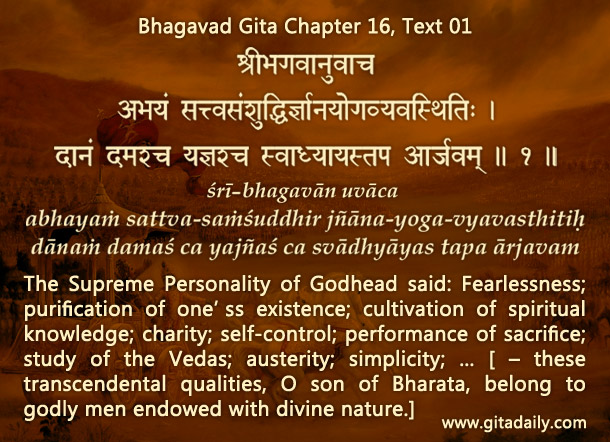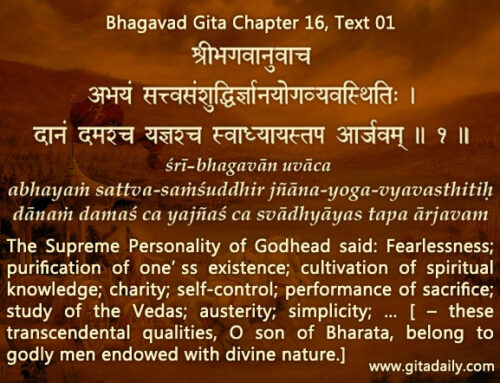Suppose someone has claustrophobia. Whenever they come near an enclosed space such as an elevator, they start feeling immense dread internally, and their body starts shivering uncontrollably. They may understand that their fear is irrational, yet they may just not be able to control it.
How can they develop courage to deal with such an irrational fear? First, by understanding that their fear arises from a conditioning of their mind, due to which they involuntarily link enclosed spaces with unbearable danger. Second, by striving to recondition their mind so that they break that link.
For example, the person suffering from claustrophobia can try to go a few steps closer to the elevator than they would normally go. Even though a part of them, namely their mind, may start screaming that disaster will befall them, they can keep moving as far as they can. If the screaming becomes unbearable after they take five steps, they can stop — for that day. On the next day, they can take a few more steps forward, as much as they can bear. And they can continue this incremental approach to facing the source of their fear.
When they repeatedly experience that their mind’s dystopian fantasy does not materialize, they will slowly realize that the link they had assumed between the elevator and danger was false. The more they assimilate this realization, the more they will find their courage increasing and their fear fading. Till they naturally manifest the virtue of fearlessness recommended in the Bhagavad-gita (16.01)
For them to arrive at such freedom, the key is exposure to the object of fear: specifically, exposure that is both regulated and regular. The exposure needs to be regulated so that they don’t subject themselves so much to the stimulus that they collapse due to fear. And the exposure needs to be regular because if the mind is to be reconditioned, it needs to be subjected to the stimulus not just once, but repeatedly.
A word of caution. If misused, this strategy of regular and regulated exposure can make one reckless as in nonchalantly peering down a hundred feet cliff. But if used properly, it can free us from any unhealthy fear that inhibits us in our daily life.
Summary:
The key to cultivating courage is regular and regulated exposure to the object of fear.
Think it over.
- How does Gita wisdom change our vision of fear?
- Why is exposure to the source of fear necessary for overcoming fear?
- Why does such exposure need to be regulated and regular?
***
16.01: The Supreme Personality of Godhead said: Fearlessness; purification of one’s existence; cultivation of spiritual knowledge; charity; self-control; performance of sacrifice; study of the Vedas; austerity; simplicity; … [– these transcendental qualities, O son of Bharata, belong to godly men endowed with divine nature.]
Audio explanation of the article is here: https://gitadaily.substack.com/p/courage-by-regulated-and-regular

To know more about this verse, please click on the image


Leave A Comment